Section 22 of the Income Tax Act, 1961, works with the annual value computation of a property consisting of lands or buildings appurtenant thereto. For individuals, whether Indian residents or non-resident Indians (NRIs), this section is an important provision who hold an immovable property in India. This section, under the head of 'Income from House Property', calculates the taxed income amount.
Confused? Want to know more about Section 22 and how it is applicable to the taxpayers? Then you are on the right page. Read the blog and get your answers.
What Is Section 22 of the Income Tax Act?
As mentioned above, section 22 of the Income Tax Act is applicable to all types of immovable property. It includes lands or buildings appurtenant thereto. In addition, in this section, it does not matter whether the taxpayers use the properties for commercial or residential purposes. This section of the Income Tax Act states that the annual or yearly value of such property should be considered to be the amount for which it might be expected from year to year to be let out.
This was all about section 22 of the Income Tax Act, 1961. Moving further, let's talk about what annual income is.
What Is Annual Value?
Annual value can be stated as the amount for which the immovable property might reasonably be expected to be rented yearly. In other words, during the fiscal year, it is the potential rent that the immovable property can generate if it is let out. After making tax deductions like municipal taxes, the annual value of the rented property is estimated. The payment is made by the owner, and as a standard deduction 30% of the annual value is taxed.
This is the meaning of annual value in section 22 of the Income Tax Act, 1961. Moving ahead, let's look at the calculation of annual income under this section.
NRI Income Tax Made Simple!
From rental income to capital gains, we handle it all.
How is Annual Value Calculated?
Under section 22 of the Income Tax Act, 1961, here is how the annual value of the immovable property is calculated:
- Step 1: First, you need to calculate the total annual value of the immovable property. Here, the value is the actual amount received or receivable as rent by the property owner. In case the property is not rented, the gross annual value will be the expected rent amount if it were let out.
- Step 2: Once you determine the gross annual value of the immovable rented property, deduct the municipal tax paid by the property owner. It will provide you with the net annual value of the property.
- Step 3: Now, on the net annual value, deduct a 30% standard deduction. Through this deduction, you can cover expenses like maintenance and repairs, rent collection charges, and property insurance. After all the calculations and deductions, you get your final annual value of your immovable property.
It is how the annual value of the immovable property is determined under section 22 of the Income Tax Act, 1961. Moving ahead, let's know the implications of this section on the taxpayers.
Implications of Section 22 on Taxpayers
For taxpayers, whether they are Indian residents or non-resident Indians (NRIs), who hold immovable property in India, section 22 of the Income Tax Act has significant implications. Under the head of 'income from house property', the annual property value is taxed. Under the Income Tax Act, income from house property is a separate category for income earned from property in India.
Furthermore, according to the applicable tax rate on the property owner, the tax on the annual value is determined. According to section 22 of the Income Tax Act, even if the property is not rented by the owner and used by them for their personal purposes, they are still liable to pay tax on that property.
This is all about the implications of Section 22 of the Income Tax Act, 1961, on the taxpayers in India. Moving further, let's know the applicability of this section.
Applicability of Section 22 of the Income Tax Act
As mentioned above, section 22 of the Income Tax Act, 1961, applies to all the immovable properties a taxpayer holds in India. It includes commercial properties, residential properties, and rented or self-occupied properties. However, this section does not include the immovable property used by the taxpayers for farming or agricultural purposes.
This was all about the applicability of Section 22 of the Income Tax Act, 1961, on immovable properties in India. Furthermore, let's know about some conditions included in this section.
Need Help with NRI Taxes?
Stay Compliant with Indian Tax Laws, Claim Deductions, and Avoid Penalties.
Self-Occupied Property
If the taxpayer, instead of letting out, self-occupied the property, then in this scenario, the annual value of that property will be considered nil. However, if he/she has more than one property in India, then, other than the self-occupied property, the other properties owned by the taxpayer for taxation purposes will be considered to be rented.
Rental Income
As mentioned above, the rental income from the house property, as per section 22 of the Income Tax Act, will be taxed under the head of 'income from house property.' Additionally, based on the residential status, the NRIs will be taxed as per the applicable tax rates. Furthermore, a 30% tax deducted at source (TDS) will also be applicable on the rental income of NRIs from the house property in India.
Allowed Deductions
Apart from deductions mentioned under section 22 of the Income Tax Act (municipal taxes and standard deduction), under section 24, while calculating the taxable income from house property, additional deductions can also be claimed. These tax deductions include the maintenance and repair costs, and interest paid on a house loan. Under section 24 of the IT Act, by claiming these deductions, the taxpayers can reduce their taxable income from their house property and decrease their tax liability.
Co-ownership of Property
In case the house property is owned by two or more people, the annual value of that property will be divided among the two or more owners as per their property share. Considering this, as per their property share, on the annual value, they will be taxed.
These were some of the common terms that you generally came across in Section 22 of the Income Tax Act, 1961.
Final Thoughts
For taxpayers, whether they are Indian residents or NRIs, section 22 of the Income Tax Act, 1961, is a vital provision if they own immovable property in India. This section determines the annual value of that property to be taxed under the head of income from house property. It is advisable for taxpayers to correctly calculate their tax liability under this section can claim the available tax deductions to decrease their tax liability.
Furthermore, for more guidance on Section 22 of the IT Act, contact SaveTaxs. We have chartered accountants and tax professionals who can guide you better in this and help you reduce your tax liability on income from house property. So connect with us and get claim-eligible tax benefits.
*Note: This guide is for informational purposes only. The views expressed in this guide are personal and do not constitute the views of Savetaxs. Savetaxs or the author will not be responsible for any direct or indirect loss incurred by the reader for taking any decision based on the information or the contents. It is advisable to consult with either a Chartered Accountant (CA) or a professional Company Secretary (CS) from the Savetaxs team, as they are familiar with the current regulations and help you make accurate decisions and maintain accuracy throughout the whole process.
 India
India
 USA
Tax Consultancy Services
USA
Tax Consultancy Services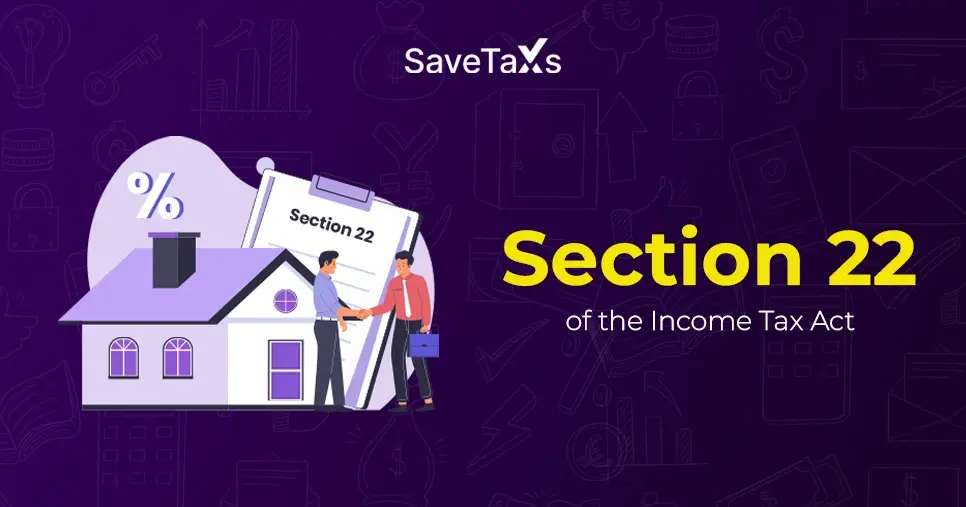






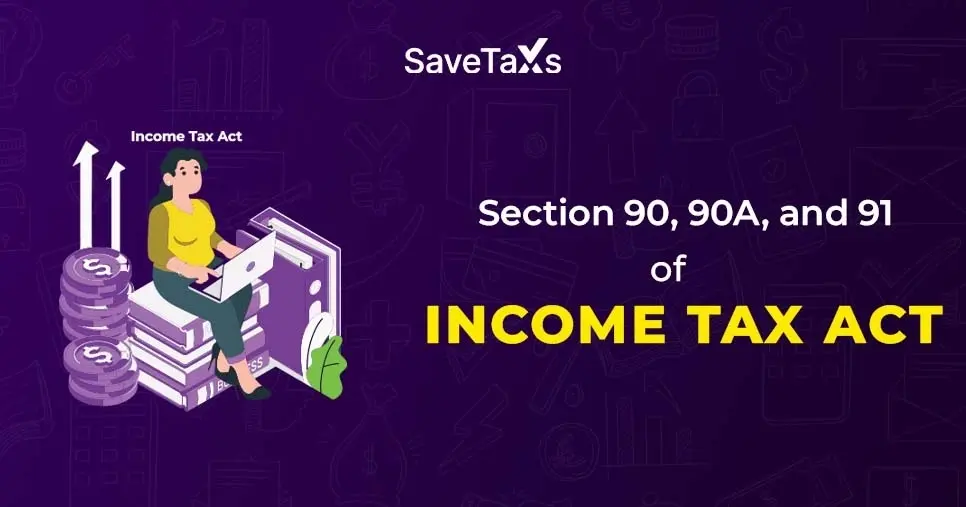
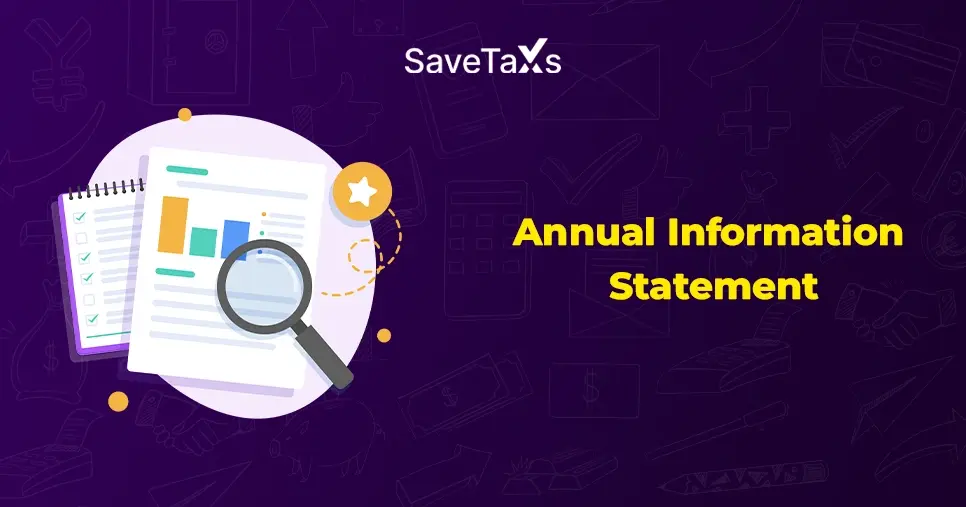

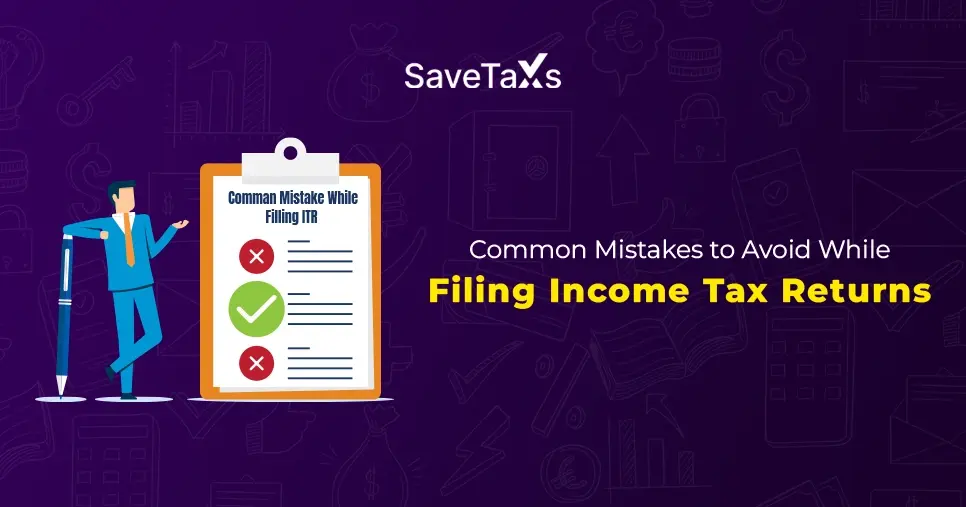





_1760618042.webp)
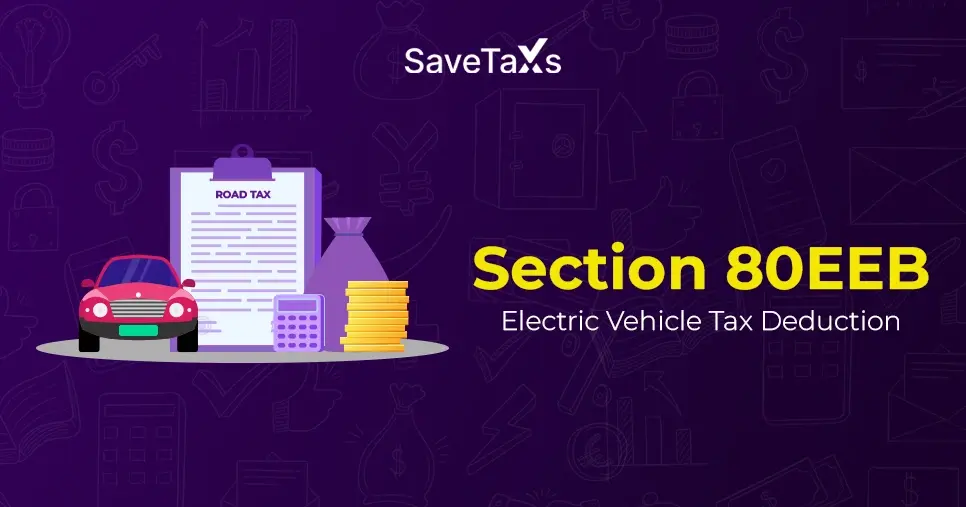

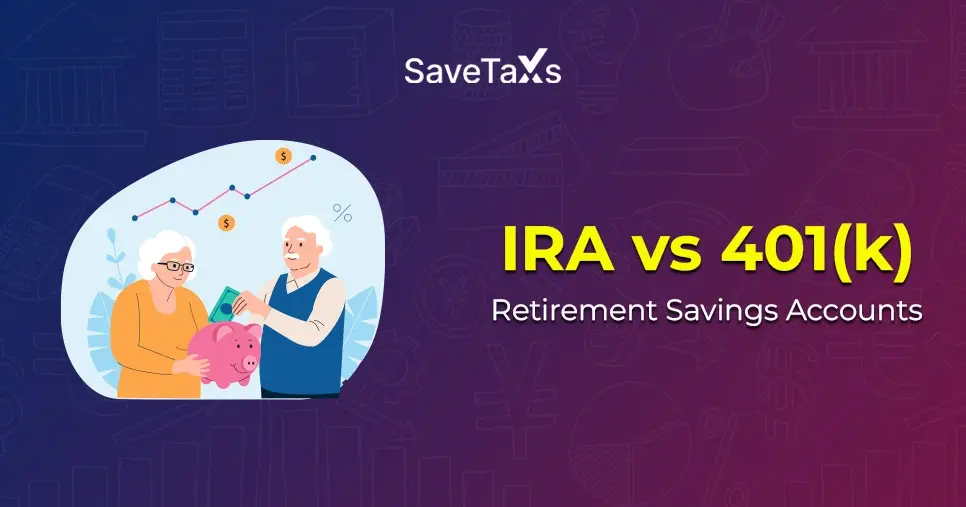
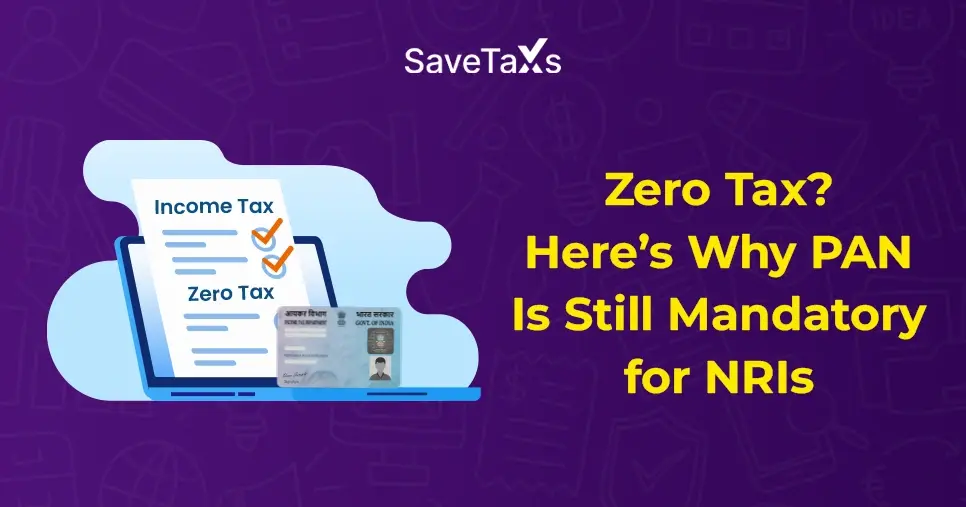
_1754392689.webp)